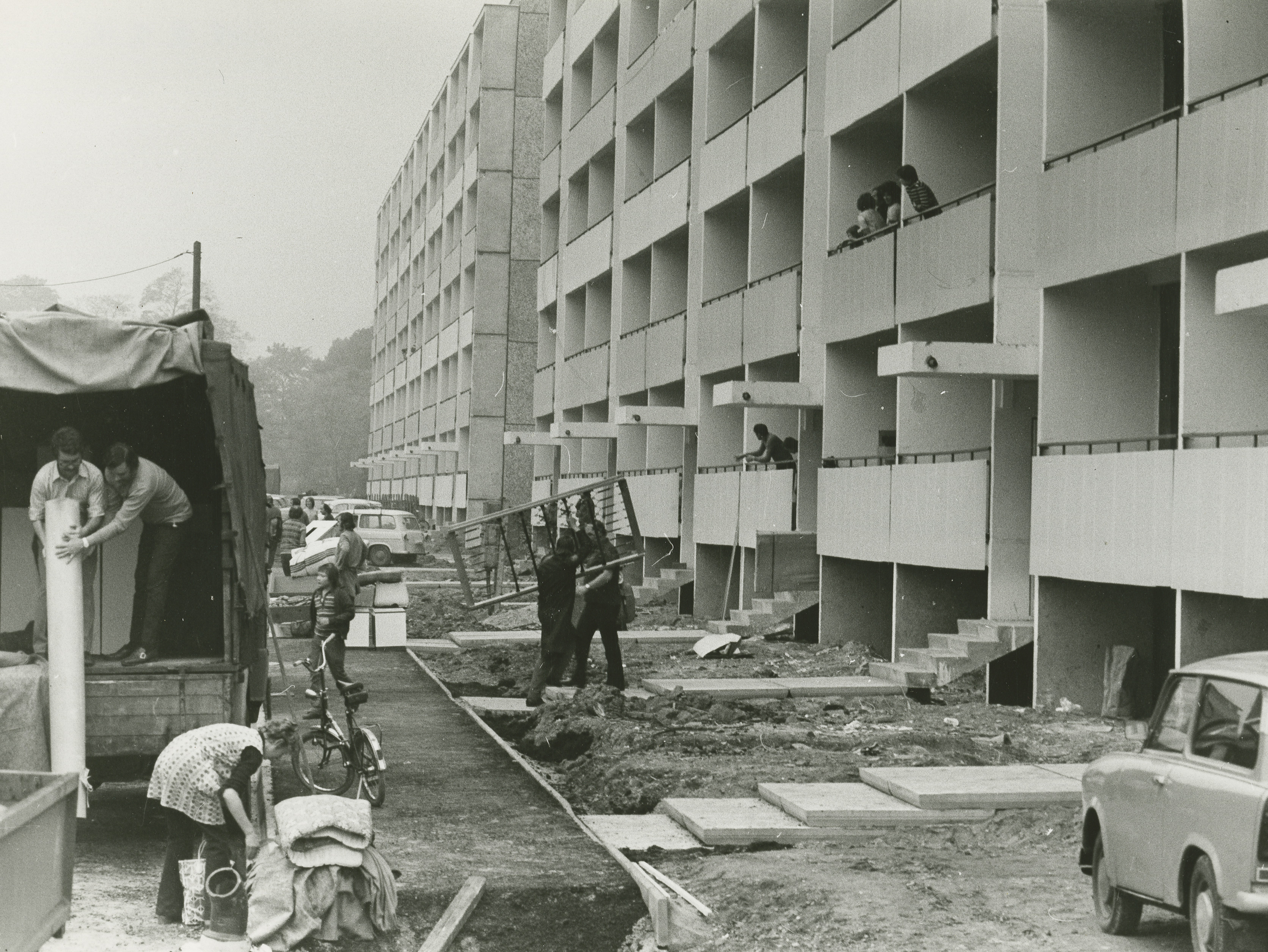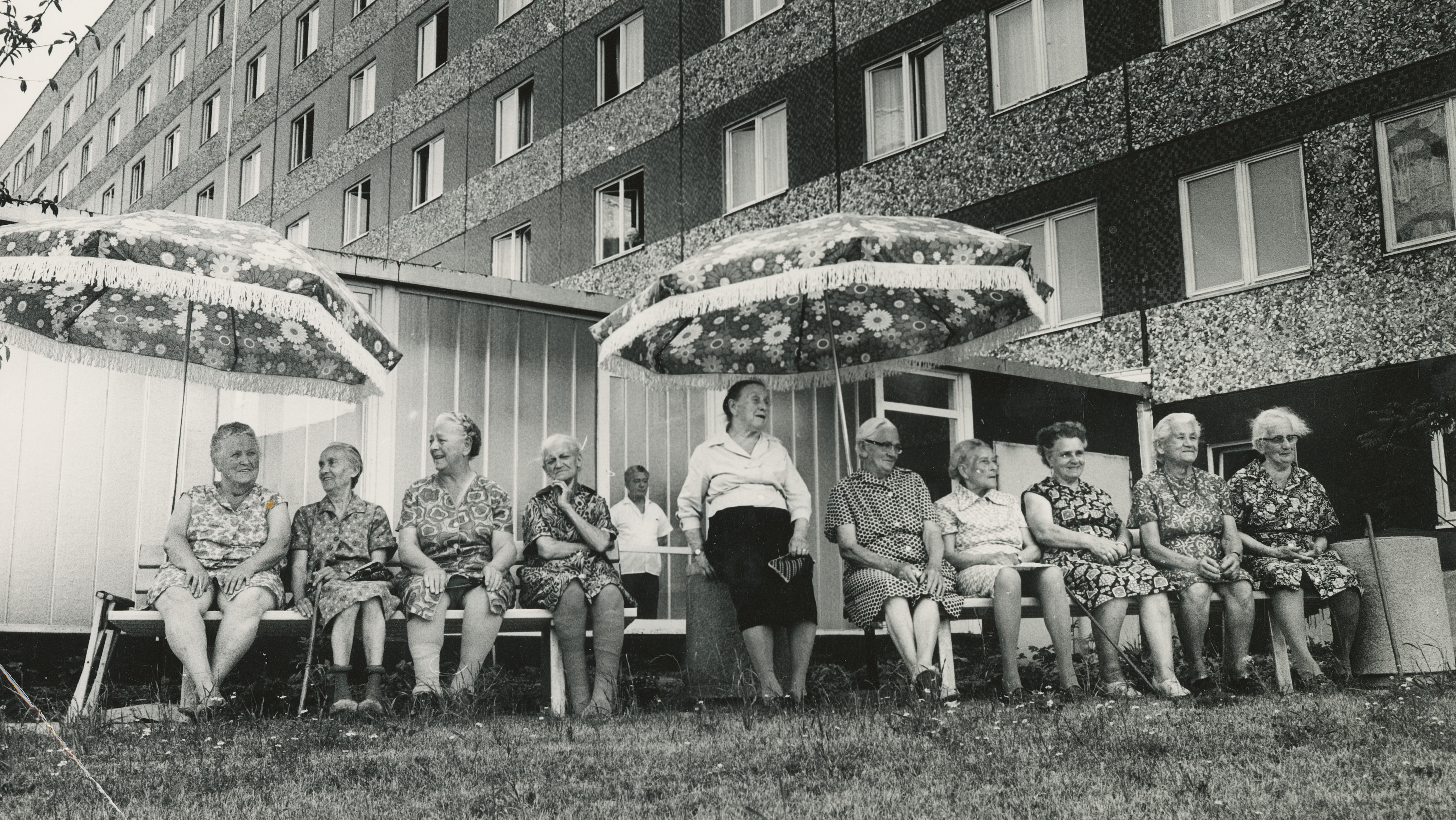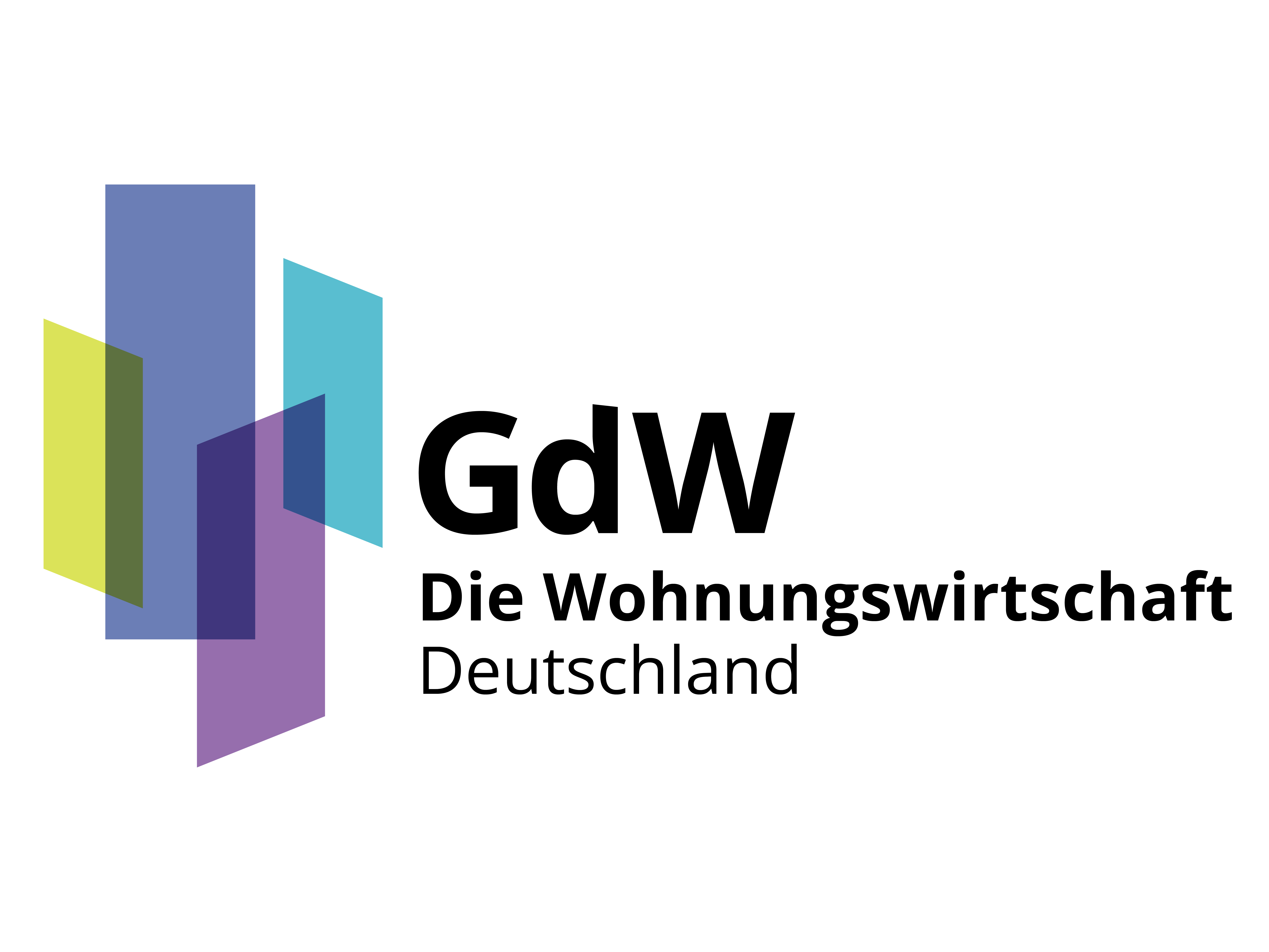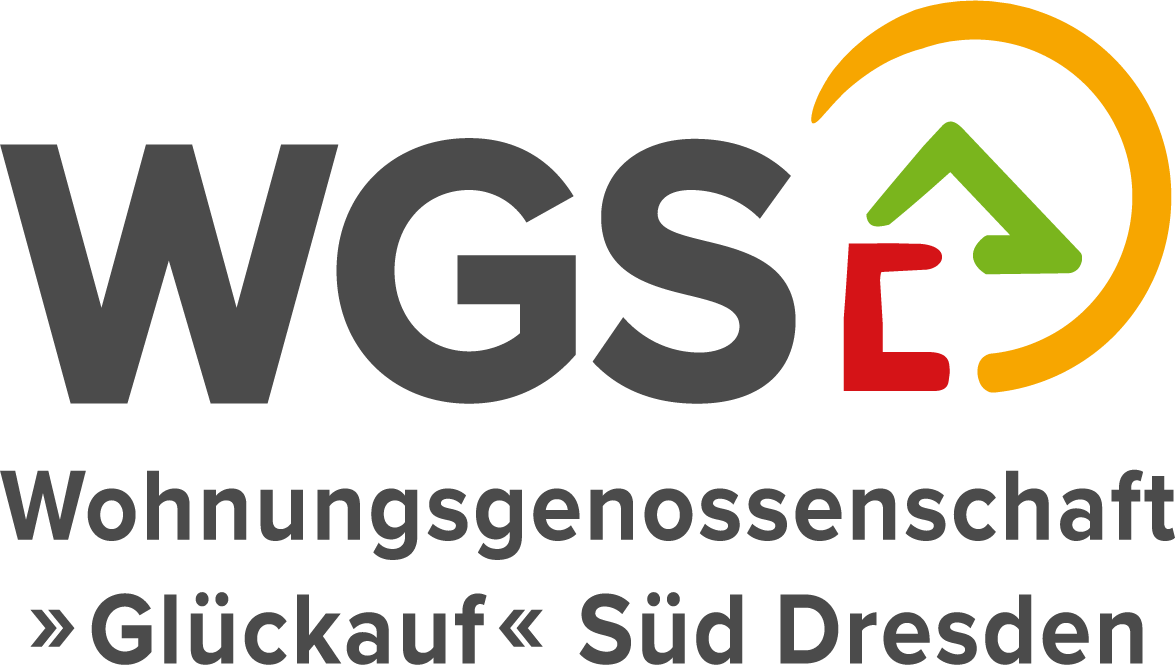
Photo at the top: Dresden-Mockritz, Olga Körner retirement home, around 1974 | Photo: © Erich Höhne, Deutsche Fotothek
Photo at the top: Dresden-Mockritz, Olga Körner retirement home, around 1974 | Photo: © Erich Höhne, Deutsche Fotothek
Write us your »Plattenbau stories« and let us take a look at your photo albums or those of your parents!
We look forward to every memory and idea. Please send us your photos & texts to platte@projekte-museen-dresden.de
Please also leave your telephone number so that we can contact you. We will be in touch!
Your contact persons
Dr Claudia Quiring, curator for architectural history at the Stadtmuseum Dresden and Jonas Malzahn (studio central), freelance co-curator
platte@projekte-museen-dresden.de
And we are interested in what you really want to see in the exhibition:
- What topics, questions or objects should be included?
- What have you always wanted to know about prefabricated housing and would like to find out in the exhibition?
- Do you have any objects that could be shown in the exhibition? Send us a photo and tell us the story behind it. Then we can work together to see what is feasible.


































